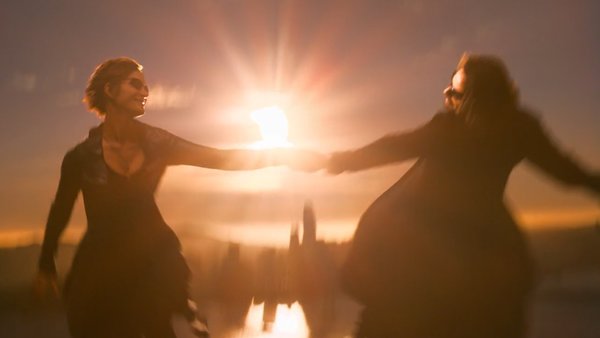The Matrix Resurrections Ending Explained
The 4th instalment of the Matrix franchise changes more than just its cast...

The Matrix: Resurrections is a movie that feels, not unlike the titular cybernetic collective conscience that sought to enslave humanity, like an invisible but all-consuming entity. Simultaneously sliding quietly into the cinematic hype train in the wake of Spider-Man, and yet seeking to expand upon one of the biggest movie franchises of all time.
In short, its release has caught a lot of the cinema-going public off guard and, also in short, the film itself might actually do the same. A runtime of over 2 and a half hours managing to somehow examine, critique, satirize, rewrite and expand on its own legacy, all while subverting expectations all of its own.
It's a hell of a thing, and one that will likely divide audiences for years to come, but it's clear that the one thing the movie sets out to do from the start is make a statement about The Matrix as a whole. Both the fictional one at the centre of the story, and the real-life movie monolith written around it. To quote one of its most famous lines "nobody can be told what The Matrix is", and Lana Wachowski's might well be saying in its fourth installment that, up until now, you still hadn't yet really seen it either.
But it's not up until the film's ending that we really start to get a sense of what they've been trying to show us.